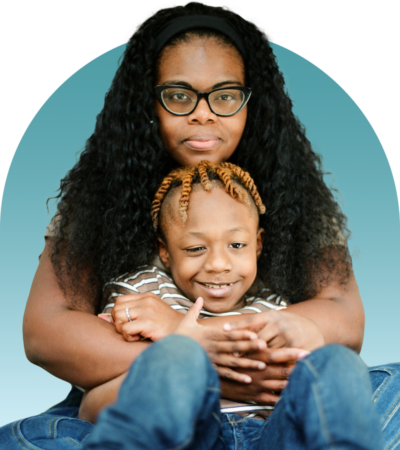A seizure can be one of the first signs of a brain tumor. They are also one of the most common late-term side effects that pediatric brain tumor patients and survivors experience after treatment.
Having a seizure, or being with someone when they’re having a seizure, can be terrifying. Because seizures can affect anyone, at any age, it’s important for everyone to understand what a seizure is and how to help someone having a seizure. And for caregivers and loved ones of a child with a brain tumor, it’s essential.
A seizure is a burst of uncontrolled electrical activity in the brain. It can happen once due to an acute cause, like medication. Or it can happen over and over. A person is diagnosed with epilepsy when they have recurring seizures.
During our recent webinar, Seizure First Aid Ready, Presented by The Epilepsy Foundation, Erin Fecske, a pediatric nurse practitioner in the Comprehensive Epilepsy Center at Children’s Mercy Kansas City, spoke with pediatric brain tumor survivors and patient families about seizures, epilepsy, the correct and incorrect steps for helping a person having a seizure, and when it’s necessary to call emergency services.
Watch this webinar on-demand to become seizure first aid ready, and read on for 3 tips to help someone when they’re having a seizure:
- Stay with the person until they are awake and alert.When someone is having a seizure, it’s critical to remain calm and speak calmly to the person during and after the seizure. Be sure to time the seizure from start to finish to determine if emergency assistance is needed.
- Ensure that the person is safe.Remove any obstacles or dangerous objects from the person having a seizure. Encourage people to step back and give the person ample room. It is always okay to ask someone else to stay with you for extra help.
- If the person is not awake & alert, turn them on their side.Ensure that the person is as comfortable as possible and keep their airway clear. Loosen tight clothes around the neck, if applicable. Make sure to lay the person down on the floor on their side with their mouth pointing at the ground and put something small and soft under their head. Call emergency services if the seizure lasts longer than 5 minutes.
Thank you to pediatric nurse practitioner Erin Fecske and The Epilepsy Foundation for presenting this webinar to the pediatric brain tumor community. To learn more about The Epilepsy Foundation, recognizing seizures, and seizure first aid, visit epilepsy.com/recognition.
The Pediatric Brain Tumor Foundation’s webinar series helps ease the social isolation and emotional distress families face after a child’s brain cancer diagnosis. These virtual events feature carefully chosen experts and patient families who share information, resources, and personal experiences relevant to the pediatric brain tumor journey. They also offer opportunities for parents, caregivers, survivors, and family members to ask questions. Learn about upcoming webinars and view recordings of past webinars at curethekids.org/webinars.
Related Updates

